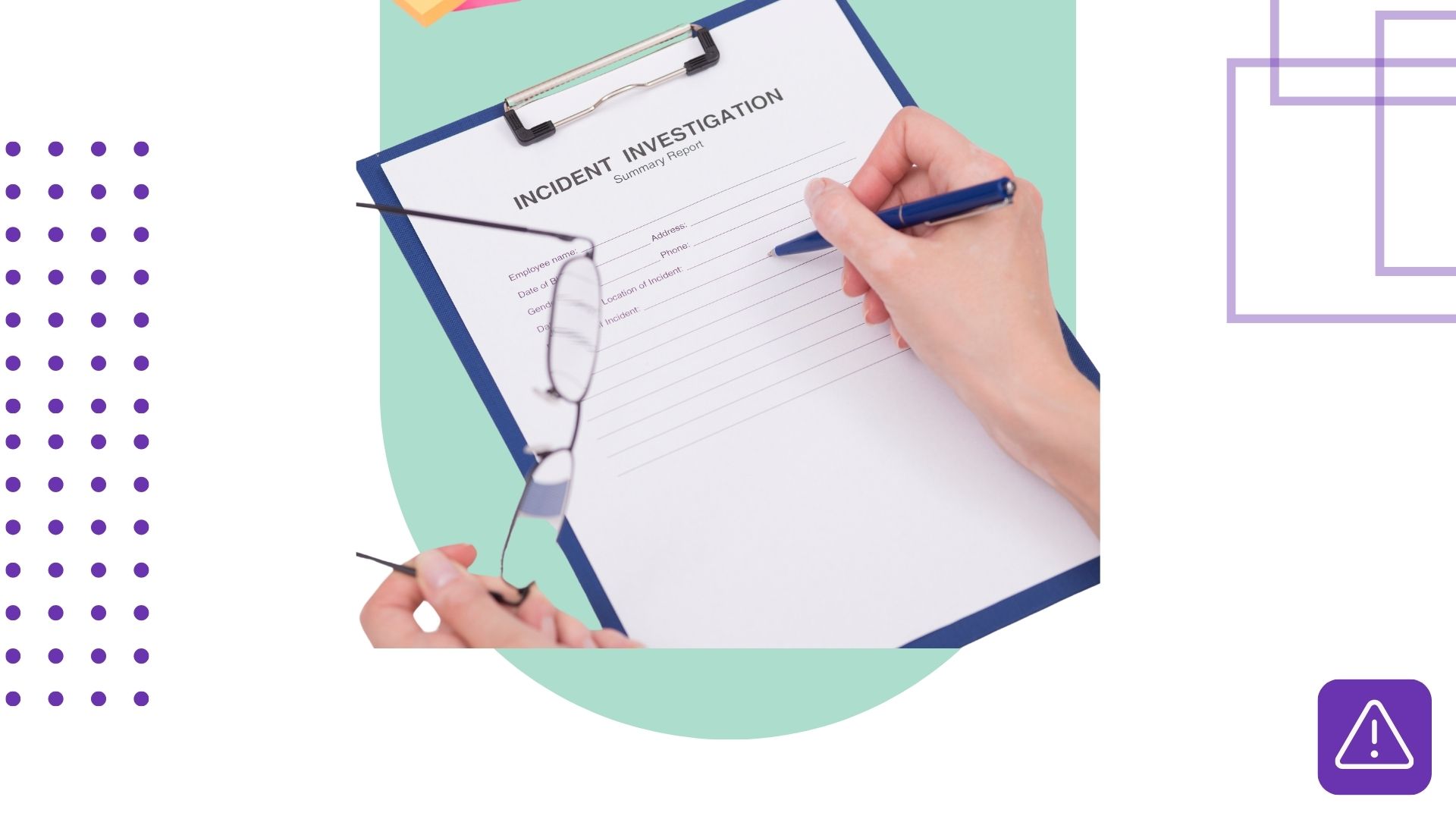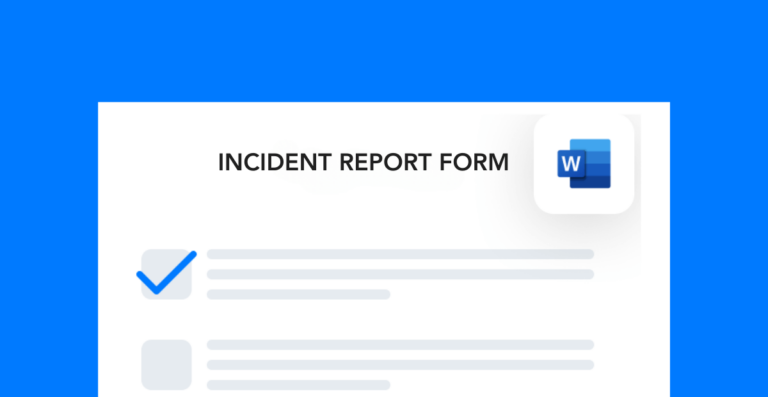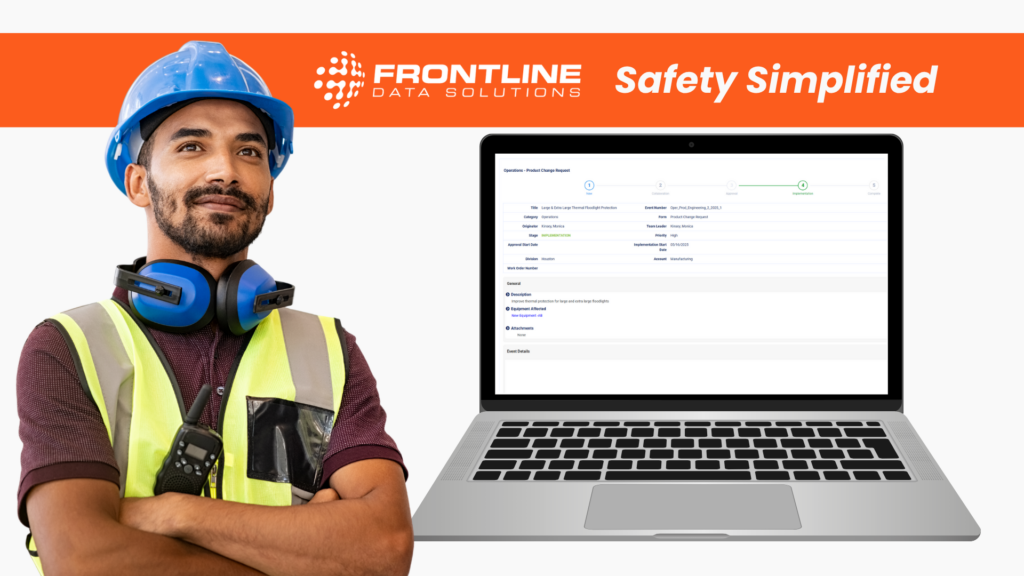You have an incident reporting procedure in place but is it instantaneous and effective? When the unexpected occurs, time and resources are of the essence. An effective incident reporting procedure will help you identify, analyze, and eventually prevent workplace incidents. In this blog post, we’ll explore the measures you can take for improving incident reporting.
Simplify your incident reporting procedure
This is obvious, but simplifying the incident reporting process will increase the likelihood of timely submissions. Have user-friendly reporting forms, and accessible reporting channels. Ensure the process is straightforward. This’ll help reduce barriers and encourage employees to report incidents promptly, thus improving overall incident reporting.
Free template!
Download this free Word incident report form to swiftly report incidents in your facility. This is a step towards improving how incidents are reported in your workplace.
Define what constitutes an incident
Communicate and write down your criteria for reporting incidents. What constitutes a reportable incident? What’s a near miss? How can I report unsafe work conditions? Providing specific guidelines and instructions for each of these will help standardize your reporting procedures, further improving incident reporting effectiveness.
Ensure the need of honesty
Your employees need to feel comfortable about honestly filling out an incident report. Emphasize the importance of reporting near misses, hazards, and incidents without fear of consequences. Let them know you expect nothing but information and honesty. Give incentives for near-miss reporting and reward it when you see it happen. Employees are your eyes and ears on the field so clear communication will help you find and assess issues faster, thereby improving incident reporting.
Conduct incident reporting training
Training isn’t solely for the skills they need to complete their jobs safely. Sure, you showed them how to report an incident on their first day at the job or during orientation but take time once a year to conduct mock incidents and incident reporting. From frontline to management, prepare your workforce on how to report even the smallest incidents, enhancing overall incident reporting.
Find the right fit for incident reporting systems
You should explore technological solutions like EHS software that improve incident reporting but without compromising simplicity. Consider tools that are very easy-to-use, help data collection, analysis, and automatic reporting. This is important not only for improving incident reporting but the accuracy of the reports.
Implement anonymous reporting options
Some employees may be hesitant to report incidents from past experiences, no matter what you say or do. Offer a genuinely anonymous reporting option to dismiss these concerns. This’ll also help with the honesty element we touched on before. You might be able to access more information through this method, enhancing the process of improving incident reporting.
Review and update reporting procedures
Take the time to assess and refine your incident reporting procedures. These regular reviews are going to help you identify areas for improvement. Incident reporting isn’t just a reactive measure but a tool for continuous improvement. Analyze not only the content of your submitted reports, but the quality of the reports to find trends, root causes, and recurring issues, thereby improving how incidents are managed.

Webinar: Frontline near-miss reporting
In this webinar, we cover how easy it is to use Frontline ACT for near-miss and incident reporting as part of the overall strategy for improving incident reporting.
Strive for collaboration across departments
Let your company know that incident reporting is not just an issue of the safety department. Collaborate with other departments, like operations, maintenance, and human resources to get their support and eyes on the field. This multidisciplinary approach will contribute to improving incident reporting company-wide.
By prioritizing simplicity, honesty and continuous improvement, you can improve your incident process significantly. These measures will form the foundation and contribute to a safe work environment where near-misses are reported and incidents are prevented.





